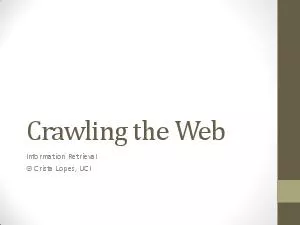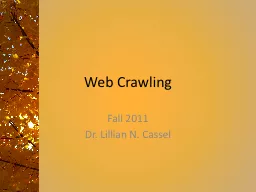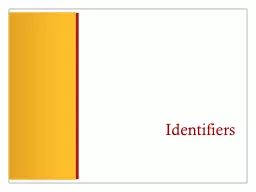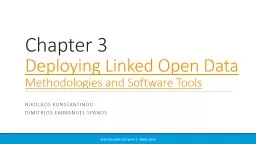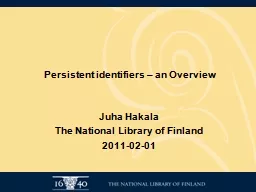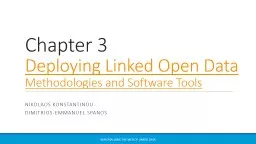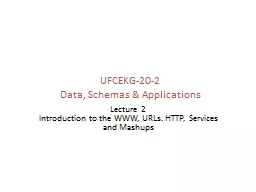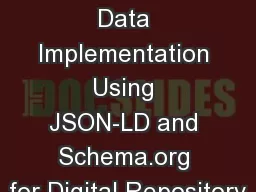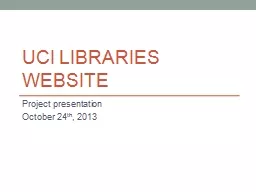PDF-Crawling the Web Information Retrieval Crista Lopes UCI Universal Resource Identifiers
Author : danika-pritchard | Published Date : 2015-03-12
icsuciedu URL ISBN 0 486 27777 URN ftpftpicsuciedu URL UR locator vs UR name Locator must specify where the resource is We are going to focus on URLs 5736157781577545734758206hZ
Presentation Embed Code
Download Presentation
Download Presentation The PPT/PDF document "Crawling the Web Information Retrieval ..." is the property of its rightful owner. Permission is granted to download and print the materials on this website for personal, non-commercial use only, and to display it on your personal computer provided you do not modify the materials and that you retain all copyright notices contained in the materials. By downloading content from our website, you accept the terms of this agreement.
Crawling the Web Information Retrieval Crista Lopes UCI Universal Resource Identifiers: Transcript
Download Rules Of Document
"Crawling the Web Information Retrieval Crista Lopes UCI Universal Resource Identifiers"The content belongs to its owner. You may download and print it for personal use, without modification, and keep all copyright notices. By downloading, you agree to these terms.
Related Documents

